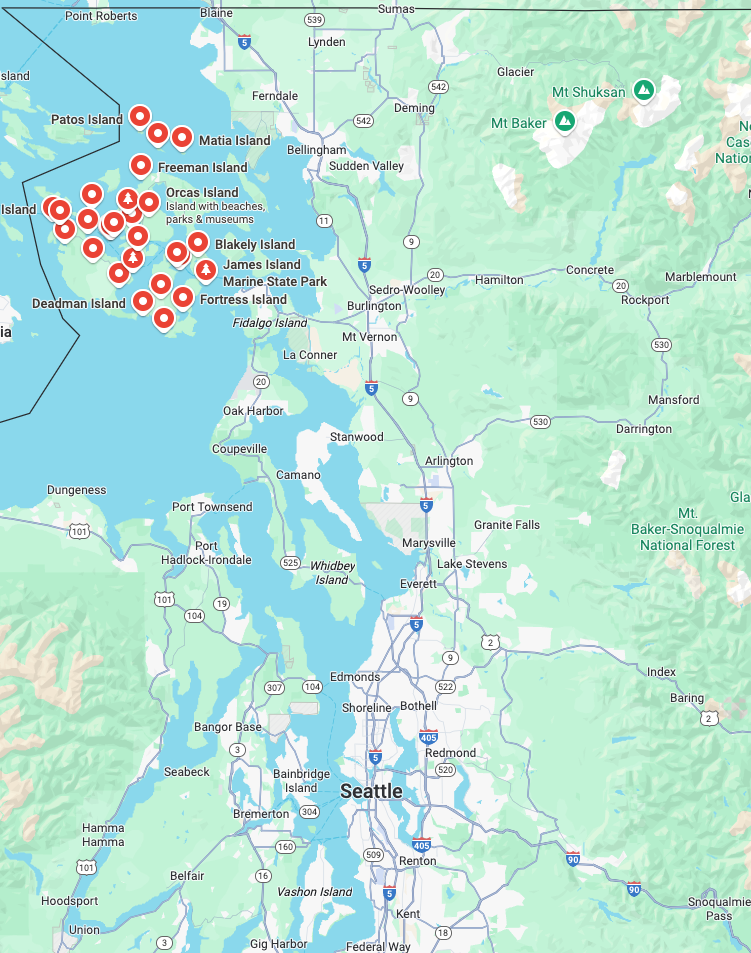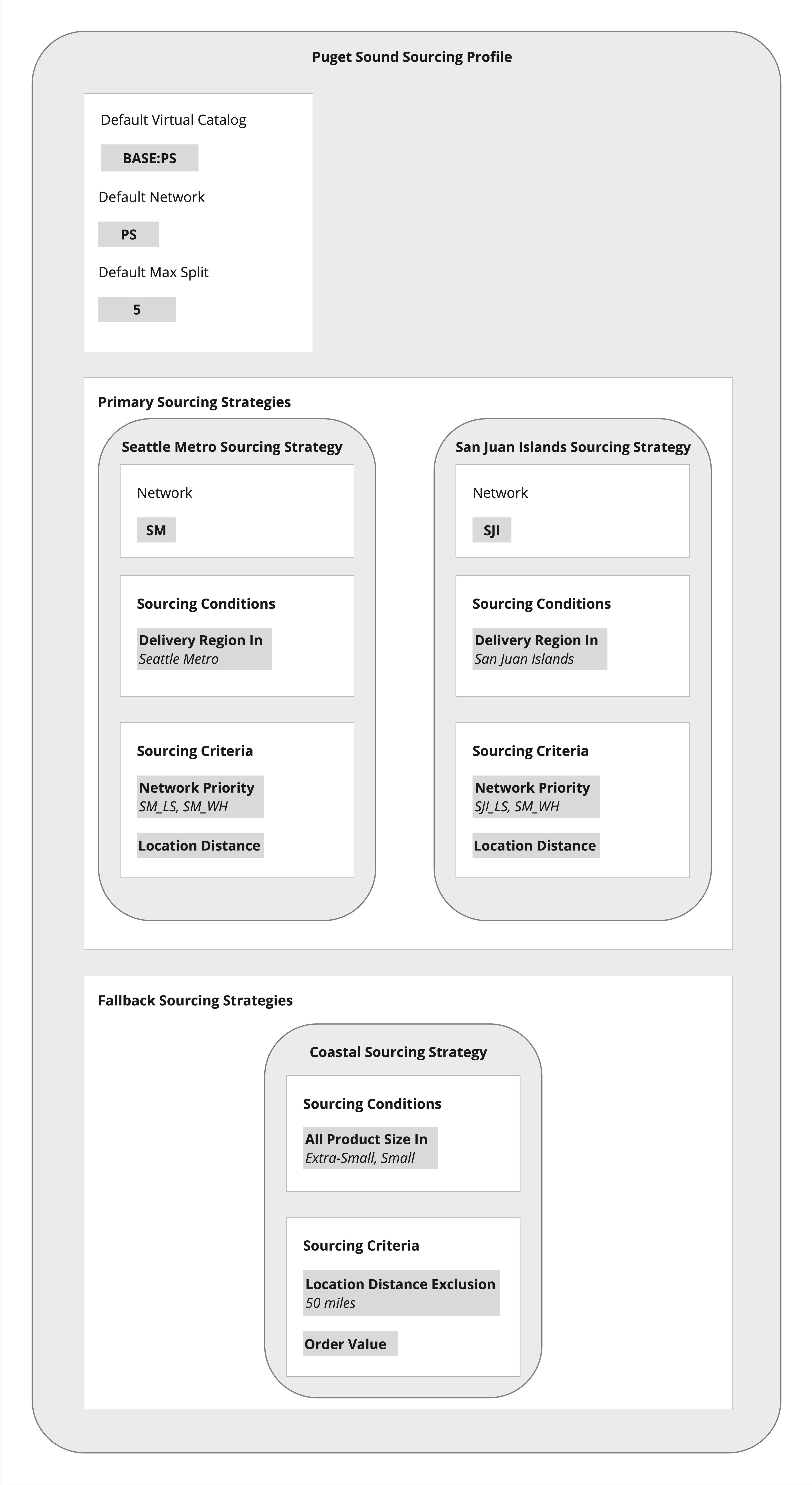Setting Up Region-Specific Sourcing Logic
Author:
Kirill Gaiduk
Changed on:
13 Oct 2025
Problem
Real-world logistics are complex, and effective fulfillment requires accounting for multiple constraints to ensure reliability, efficiency, and compliance. Advanced souring logic that goes beyond simply selecting the nearest warehouse or lowest cost option needs to be implemented.
Key constraints to address include:
- Regional supply variations: Not every product is stocked in every location. Sourcing must adapt to where goods are available and where they are permitted to ship.
- Delivery restrictions: Some areas cannot receive certain products due to geographic limitations, carrier restrictions, supplier requirements, or local laws.
- Location types and priorities: Stores, warehouses, distribution centers, and collection points serve different purposes. The system should prioritize locations based on the order context.
- Cost optimization: Sourcing is not just about moving products from point A to B. It must also minimize delivery costs while maximizing overall value.
- Fallback rules by context: When preferred sourcing options are unavailable, the system should apply fallback logic based on the order’s location and product characteristics.
Why It Matters
Without region-aware and constraint-based sourcing logic, businesses risk stockouts, compliance breaches, increased delivery costs, and poor customer experiences. This use case shows how Responsive Sourcing enables you to configure sourcing logic that accounts for these variables, supporting reliable, efficient, and compliant fulfillment.
Example

Consider a retailer operating in Puget Sound area of Washington State, specifically within the Seattle Metro region and the San Juan Islands. Seattle is more urbanized and serves as the central hub, with all warehouses located there. This forms the `SM_WH` network. Local stores operate in both regions and are grouped into regional networks: `SM_LS` for Seattle Metro and `SJI_LS` for San Juan Islands.
Sourcing priority
- Best: Fulfill the entire order from a single local store in the customer's region
- Next: Fulfill the entire order from a single warehouse
- Then: Split the order across multiple local stores in the same regional network
- Last resort: Split the order among regional local stores and warehouses
Important exception
Fulfilling an order from a local store outside the customer’s region is allowed only if:
- All items are extra-small or small-sized
- The delivery address is within a defined radius from the fulfillment location
- If full fulfillment isn’t possible, the system falls back to delivering items with the highest combined monetary value
Solution Overview
- Use the Responsive Sourcing Framework building blocks to manage your sourcing logic
- Use the
`createSourcingProfile`mutation to create new versions of Sourcing Profiles, which are immutable - Activate relevant Sourcing Profiles versions with the
`activateSourcingProfile`mutation - Reference Sourcing Profiles within the corresponding Workflows
Solution


